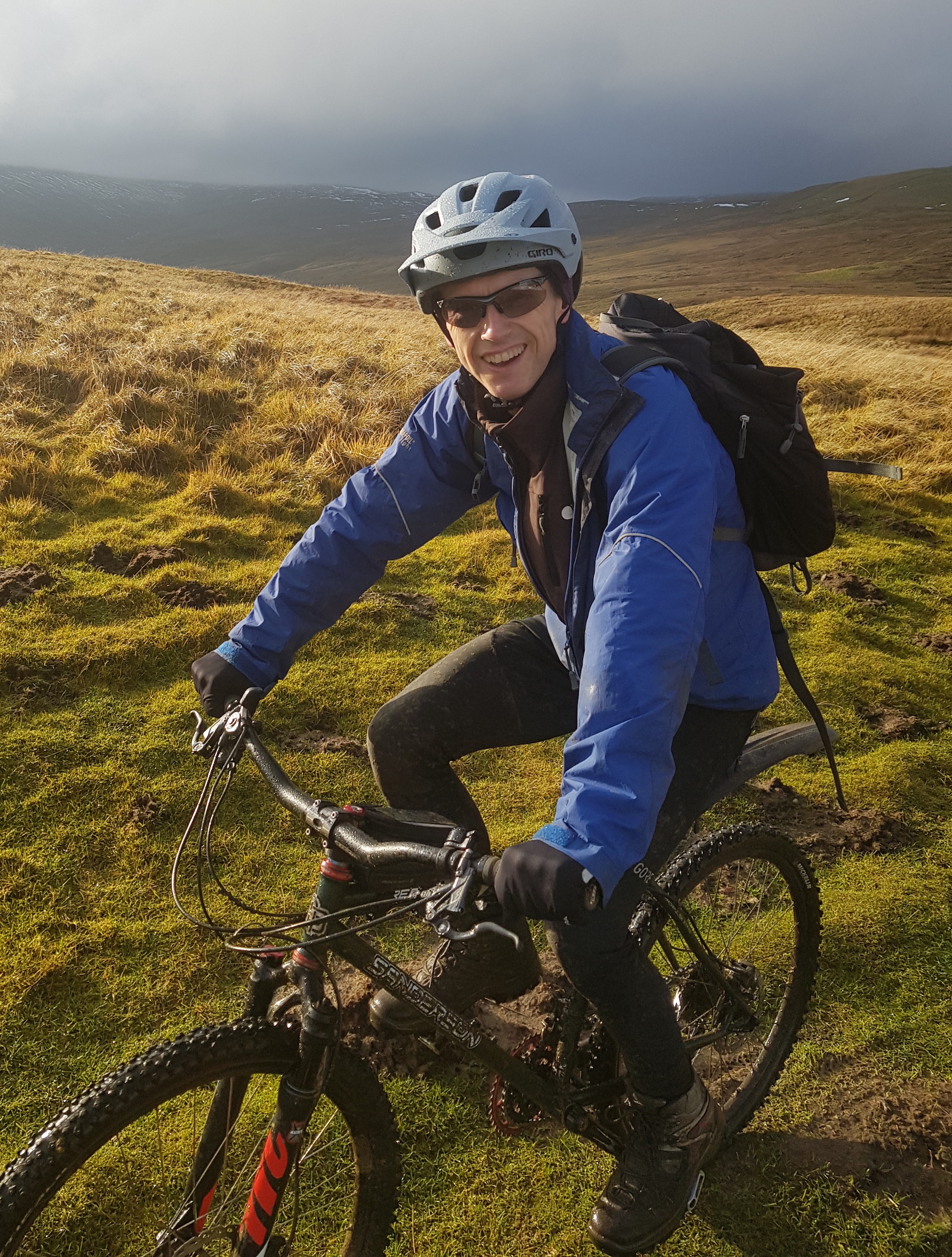
The Sanderson Group Webpages
Department of Chemistry
Durham University, Durham, UK
Dr Sanderson is no longer co-ordinating the Biological Chemistry projects. The information below has been left as it may be useful for some. Note that these links will not be checked or updated after August 2008.
Useful Online Sources of Information on Protein Structure
Protein Data Bank (PDB): http://www.rcsb.org/pdb/cgi/queryForm.cgi
Repository for high protein structures determined by NMR spectroscopy and X-ray crystallography
PDB Select: http://swift.embl-heidelberg.de/pdbsel/
A shortened version of the above containing non-homologous sequences
PDBsum: http://www.ebi.ac.uk/thornton-srv/databases/pdbsum/
Easy access to the information contained in the header of the pdb file and graphical representations of the protein
SRS6: http://srs.ebi.ac.uk/
An immensely powerful source of bioinformatics information, including dozens of databases
CATH: http://www.biochem.ucl.ac.uk/bsm/cath_new/index.html
Class, Architecture, Topology, Homologous superfamily. A hierarchical classification of protein domain structures, with cross references to the PDBsum database
SCOP: http://scop.mrc-lmb.cam.ac.uk/scop/index.html
Structural Classification of Proteins. Provides information on protein class, fold, superfamily and family, as well as structural homology and tools for retrieving information from pdb files
Pfam: http://pfam.sanger.ac.uk/
Database of protein sequence alignments, with cross references to the PDBsum database
Brenda: http://www.brenda-enzymes.info/
Comprehensive information relating to enzymes (reactions, nomenclature, structure, kinetics, thermodynamics etc)
Web of Science: http://wok.mimas.ac.uk/
Text search of all the scientific literature.
Citing Journal Articles, Books and Web Sites
When citing journal articles, you need to include all of the authors, the journal title, volume, year and the page numbers. You may also include the title of the article, depending on which format you choose. You can find lists of accepted journal abbreviations at:
the RSC and
http://www.bioscience.org/atlases/jourabbr/list.htm.
When citing books, you need to include the authors, title, publisher, volume or edition (if applicable) and year of publication. If you are citing a chapter within a book, you should include the authors, title and number of the chapter, as well as the full details of the book. When citing web pages you should include the URL (eg http://www.awebsite.com), the name of the host of the page (eg RSC, Joe Bloggs) and the date that you accessed the page. Be careful when using information from web pages, as many contain information that is subjective and articles that are not subject to peer review.
There are a number of citation formats that you may use, and it is a good idea to look at one of the popular science journals (any of the ACS journals such as Journal of the American Chemical Society, any of the RSC journals such as Perkin Transactions, Nature, Science, Proceedings of the National Academy of Sciences of the USA etc) and copy their format. Examples of journal citation formats can be found on DUO (http://duo.dur.ac.uk/). In all cases you should include a list of references at the end of your report which is cross-referenced to the appropriate section of the body text using a number (the most popular way) or the author surnames and year (eg Smith and Jones, 2002). Whichever format you choose, you must be consistent and use it throughout.